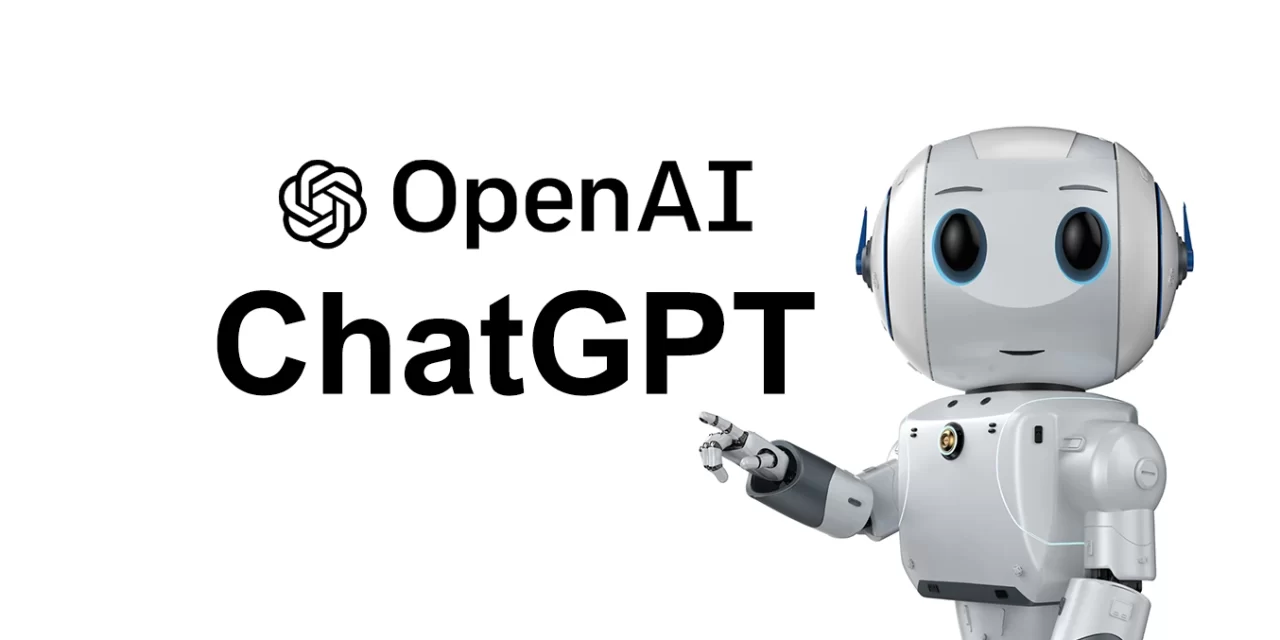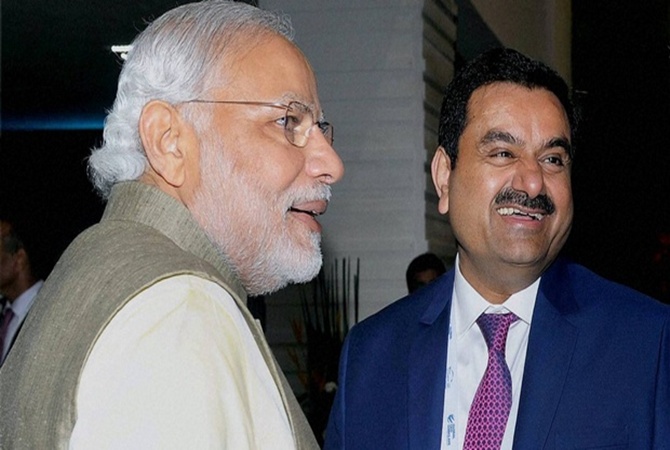Microsoft Germany’s Chief Technology Officer (CTO) Andreas Braun told German news website Heise,
“We will introduce GPT-4 next week we will have multimodal models that will offer completely different possibilities for example videos.”
Because of the versatility of a multimodal language model, GPT-4-based innovations may soon be able to respond to users’ inquiries with visual, auditory, and kinaesthetic content.
If this happens by next week, OpenAI may unveil GPT-4, next-generation large language model (LLM).
AI Experts says ChatGPT and DallE, two widely used language models, are also products of OpenAI.
Although ChatGPT has only been able to respond to users’ inquiries through text so far, the next generation of language model from the Microsoft-backed business may be able to produce AI-powered films and other content kinds.
From AI experts it is learnt In addition to its multimodal capabilities, GPT-4 may potentially be able to address ChatGPT’s issue with delayed responses to user-generated inquiries.
The next-gen language model is supposed to respond considerably more rapidly and naturally.
It has been speculated that OpenAI is developing a GPT-4-powered smartphone app.
There is currently no mobile app for ChatGPT, which is notable given that it is a web-based language paradigm.
Microsoft and OpenAI are being mute on whether or not GPT-4 will be integrated into Bing search (perhaps in light of recent controversy surrounding the search assistant), but it is quite probable that GPT-4 will be utilised in Bing conversation.
Bing employs GPT-3 and GPT-3.5 in addition to Microsoft’s own technology called Prometheus to generate responses rapidly while making use of real-time data, while ChatGPT is developed on top of GPT-3.5.
With the help of its A.I. neural networks, ChatGPT provides human-like responses to user inquiries.
OpenAI, located in San Francisco, published the chatbot in November 2022, and it has since gone popular.
Compared to renowned social media applications like Tik Tok and Instagram, which took about 9 months and 212 years to achieve the coveted statistic, respectively, it just passed the landmark of 100 million active monthly users in only 2 months after its introduction.









